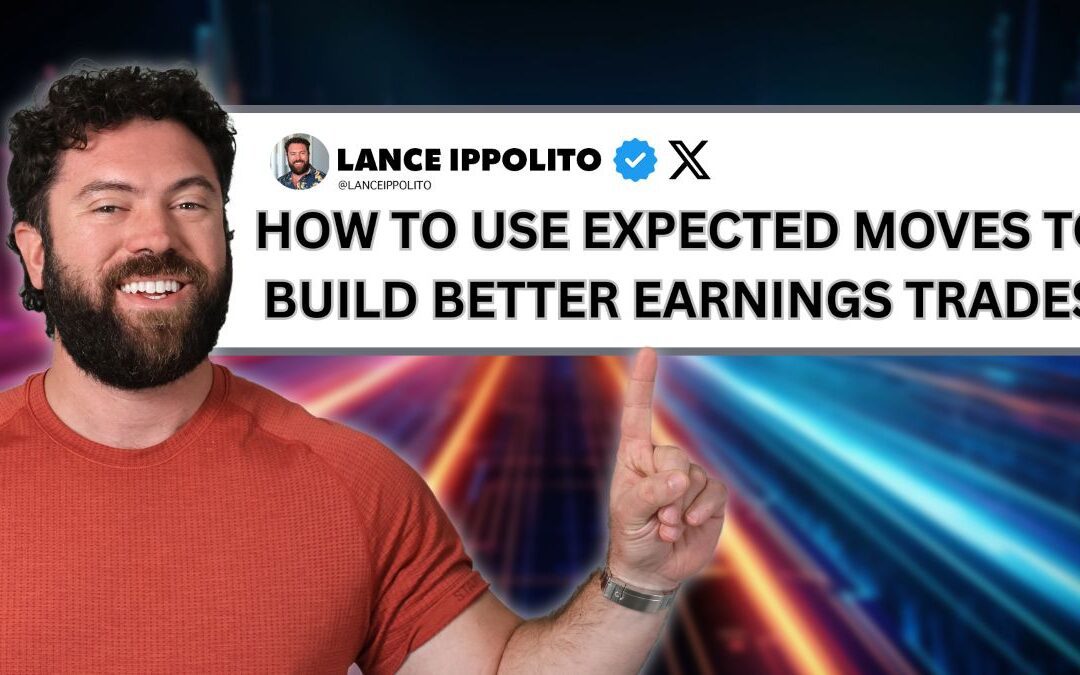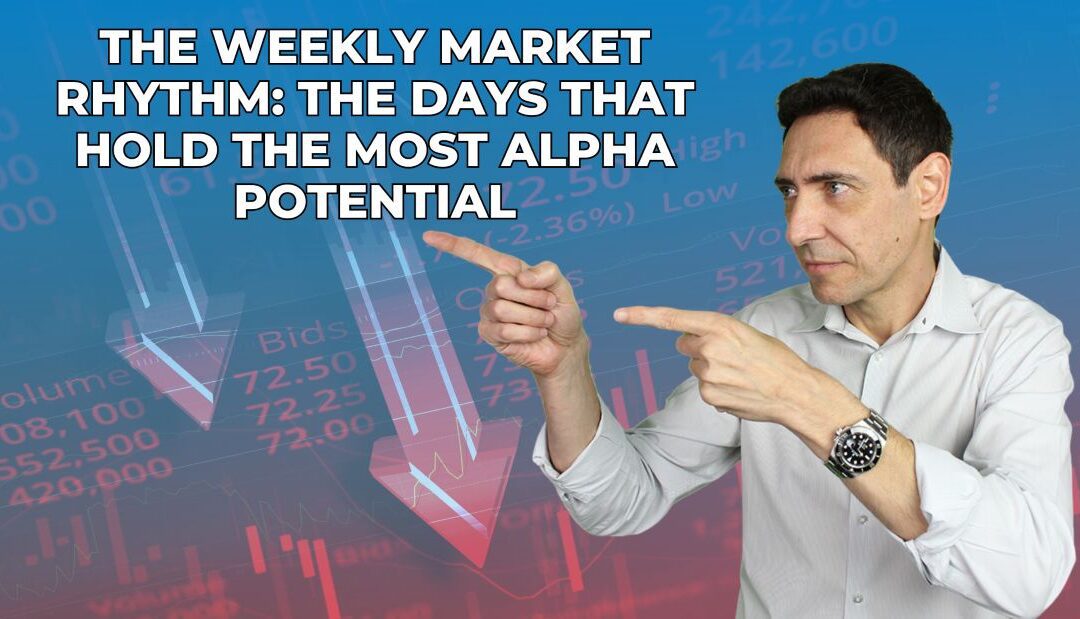As we inch closer to the end of the year, the market is displaying a pattern that’s as steady as it is predictable — decreasing volatility. While the market continues its slow drift upward, volatility indicators like the VIX — AKA the “fear gauge” — remain subdued, giving traders valuable insight into what lies ahead.
Over the past couple of weeks, daily price bars have mostly been shrinking, highlighting a drop in volatility. This trend has created a lethargic, slow-moving market with a narrow range — not exactly the kind of environment that excites short-term traders.
However, this setup doesn’t mean all opportunities are off the table. It’s just a different game requiring a shift in strategy.
The VIX itself tells the story…
A VIX level of 20 indicates average volatility, or 1% moves higher or lower each day.
The current level is below 14 — a level historically associated with minimal market turbulence. What’s particularly notable is the divergence between the VIX and VVIX, which began to surface early last week.
VVIX measures the volatility of volatility. And while VVIX started to rise, signaling a potential uptick in volatility, the VIX stayed relatively flat. This kind of divergence can be an early warning sign that we may see volatility creep back into the picture.
But will it happen before year-end?
That depends on how the broader market behaves. If we see a pullback to key technical levels like the EMA20, there’s a chance for the VIX to break above 15. However, if the market continues to drift sideways or climb slowly, as it has for the past few weeks, volatility is unlikely to make a significant move.
For traders, the takeaway is clear — this is not the time to chase big moves. The current environment favors strategies that thrive on stability and predictable price action.
With portfolio managers focused on protecting their year-end performance, the market is likely to maintain this slow grind higher unless an unexpected event, such as a drastic Federal Reserve action, shakes things up.
The Fed is meeting again next week to decide its next move with interest rates, and markets expect a 0.25% cut at this point.
In the meantime, keep an eye on the usual suspects.
Sectors like the Nasdaq 100 (QQQ) and Consumer Discretionary (XLY) remain the market leaders, offering opportunities for those willing to align with the prevailing trends.
And for traders looking for volatility plays, patience will be key. The divergence between the VIX and VVIX might hint at a shift on the horizon, but until we see more convincing price action, it’s all about playing it smart and sticking to the current rhythm of the market.
Year-end trading is a marathon, not a sprint — and right now, it’s all about staying steady.
Kane Shieh
Kane Shieh Trading
Follow along and join the conversation for real-time analysis, trade ideas, market insights and more!
- Telegram: https://t.me/+Ji2OakXnGMM5OTI5
- YouTube: https://www.youtube.com/@GammaPockets/featured
Important Note: No one from The TradingPub team or Kane Shieh Trading will ever contact you directly on Telegram.
*This is for informational and educational purposes only. There is inherent risk in trading, so trade at your own risk.
P.S. How to ‘Front Run’ Wall Street’s Next Move
Thanks to a hidden force that drives some of the BIGGEST and most repetitive moves in stocks…
The average trader can now target 100% in five days or less without spending hours on technical analysis…
Without reading boring fundamental reports…
And without monitoring the markets 24/7.
I call this hidden force a “Gamma Pocket.”
And it’s the reason why you and I can now front run some of Wall Street’s largest buy orders on certain stocks…
Including AAPL, NKE, CAT, AMZN and More!


